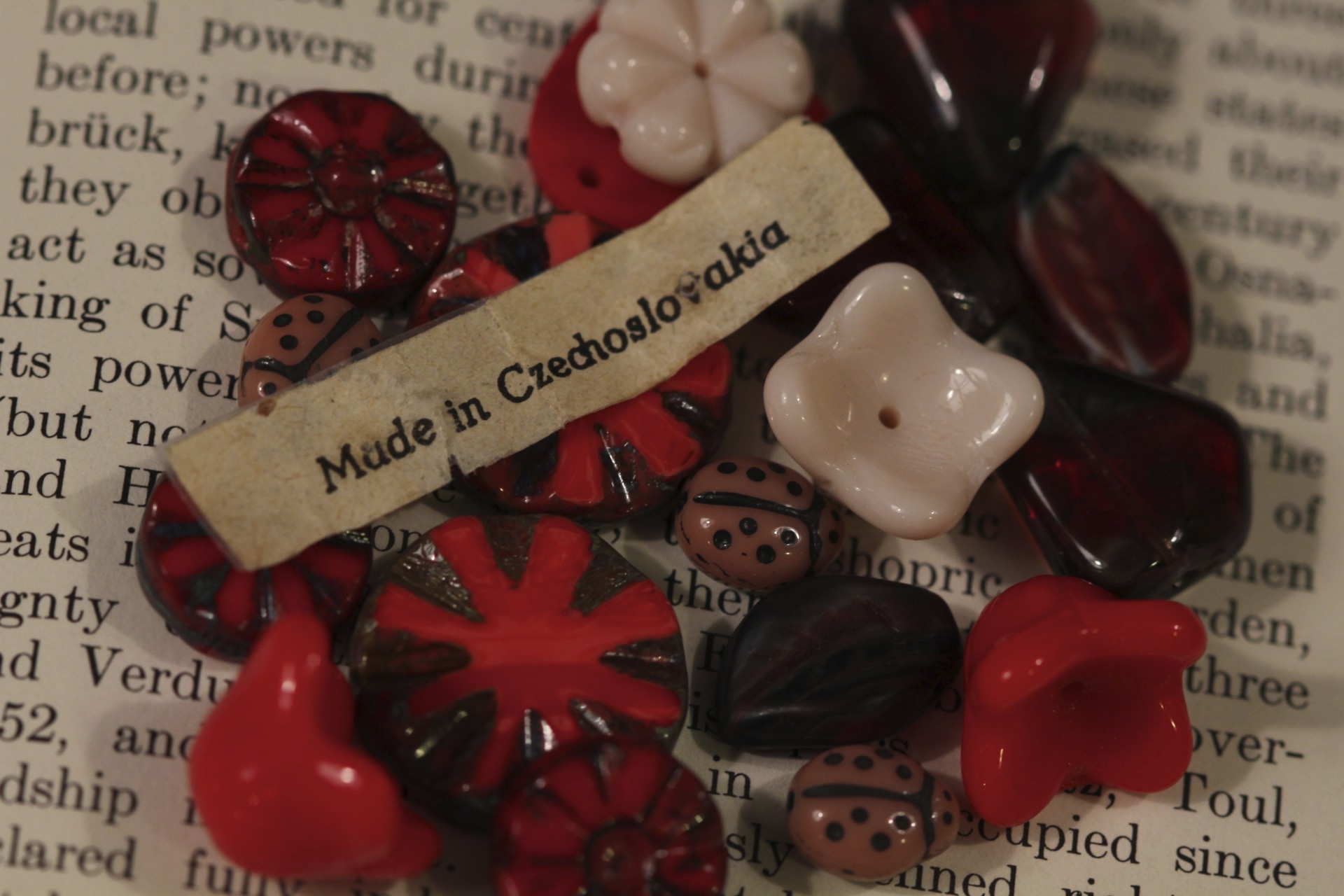Boro, my Indigo fabric crush…….
jobrody
I have been making jewelry from a magical material that infuses my work with a tactile and ancient quality that I love. "Boro" is an old Japanese patchwork fabric usually made from cotton or other natural materials. It is dyed with Indigo and the pieces that we see today are scraps from old Japanese country peasant farming clothing, kimonos, tatami (household floor mats) and bags. The material was expensive, so the objects and clothing were used and reused, then patched together to be used again. This fabric usually comes from the period of 1850-1950, and is quite rare and special. It is prized today for it's lovely color and delicate hand stitching.
The earrings I have been making with Boro are embellished with my hand made silver charms and hand-sewn knots, little bits of red silk that I feel accent the rich blues and grays. The Japanese aesthetic concept of Wabi Sabi, which roughly means an elegant state of imperfection and impermanence, really is at play in my Boro jewelry. Holes and patches add to the sense that one is wearing a delicate heirloom or piece of history, however rough and worn. I plan on continuing to use this material, allowing it to imbue my jewelry with a little Wabi Sabi. I will be selling my wares next at the Buckman Art Fair, March 7 and 8th in Portland. Tune in for more posts in 2015! I got something to say about a lot of stuff, what I am making, and what I have seen and done. I have a perfect place to say it on my blog so why not! Comments(and complements) are always welcome, except the bizarre Spammy kind with very funny English!






















